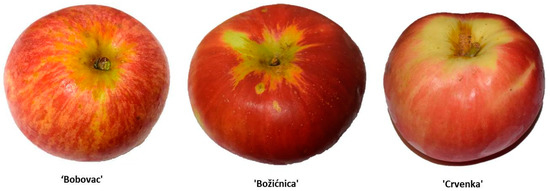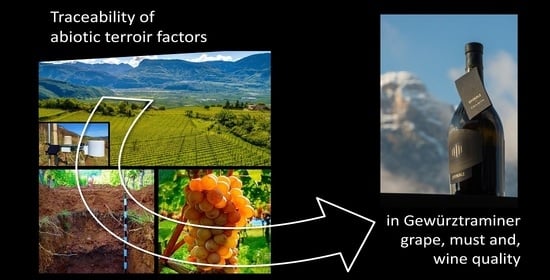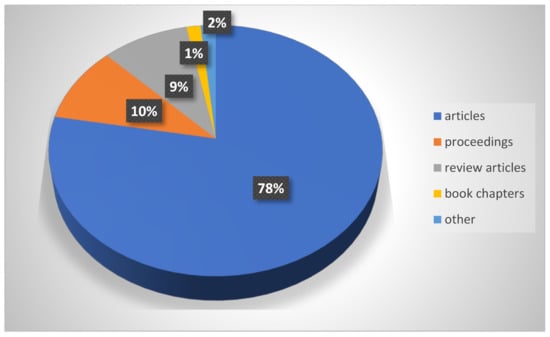Fruit Wines: Production, Chemical Composition and Sensory Properties (Closed)
A topical collection in Horticulturae (ISSN 2311-7524). This collection belongs to the section "Processed Horticultural Products".
Viewed by 13726Editors
Interests: pomology; biodiversity; sustainable growing; berry fruits; fruit quality
Special Issues, Collections and Topics in MDPI journals
Interests: LC-MS; GC-MS; UHPLC; electrophoresis; SPME; SPE; SLE; proteomics; metabolomics; extractions
Special Issues, Collections and Topics in MDPI journals
Interests: enology; wine chemistry; alcoholic fermentation; aromatic compounds; sensory properties; sensory evaluation; wine technology; fruit wines
Topical Collection Information
Dear Colleagues,
Fruit or non-grape wines have a very long history of production, very similar to grape wine production with some minor modifications. The production of fruit wines has become extremely popular in recent years due to the added value and waste minimization associated with fruit processing and has gone beyond a regionally limited industry. Great potential for further development and exploration of fruit wines is based on different types of fruits as the starting material for fermentation along with the high vitamin, mineral, and polyphenol content that makes them a functional beverage. Wines made from fruits are remarkably diverse with specific flavors, aromas, and colors that are attractive to winemakers and the global wine market with increasing demands for low-alcoholic and healthier beverages.
This Collection aims to highlight fruit wine production, which is an important economic resource in horticulturally advanced countries with a long tradition but is not yet as significant in developing countries with booming fruit production. Linking horticultural production with the wine industry, especially in countries where viticulture is not practiced, could lead to fewer postharvest losses, better fruit utilization, more innovative products, potential profit, and sustainable environment.
This Collection covers various aspects of technology and practice from orchard to bottle, such as growing fruit (species and varieties) for wine production, fruit harvesting and postharvest in the wine industry, processing efficiency, winemaking processes, fermentation conditions, post-fermentation processes, quality control, chemical content and composition, and chemical and sensory analysis, all aimed at meeting the quality and safety demands of the market.
In this Collection, we invite leading experts in the field of fruit wine production and chemical composition to contribute by submitting original papers and reviews.
Prof. Dr. Boris Duralija
Dr. Ivana Tomaz
Dr. Ana-Marija Jagatić Korenika
Collection Editors
Manuscript Submission Information
Manuscripts should be submitted online at www.mdpi.com by registering and logging in to this website. Once you are registered, click here to go to the submission form. Manuscripts can be submitted until the deadline. All submissions that pass pre-check are peer-reviewed. Accepted papers will be published continuously in the journal (as soon as accepted) and will be listed together on the collection website. Research articles, review articles as well as short communications are invited. For planned papers, a title and short abstract (about 100 words) can be sent to the Editorial Office for announcement on this website.
Submitted manuscripts should not have been published previously, nor be under consideration for publication elsewhere (except conference proceedings papers). All manuscripts are thoroughly refereed through a single-blind peer-review process. A guide for authors and other relevant information for submission of manuscripts is available on the Instructions for Authors page. Horticulturae is an international peer-reviewed open access monthly journal published by MDPI.
Please visit the Instructions for Authors page before submitting a manuscript. The Article Processing Charge (APC) for publication in this open access journal is 2200 CHF (Swiss Francs). Submitted papers should be well formatted and use good English. Authors may use MDPI's English editing service prior to publication or during author revisions.
Keywords
- fruit growing for wine
- fruit quality
- harvest and postharvest
- fruit winemaking technology
- fruit wine fermentation
- fruit wine stabilization
- fruit wine quality control
- fruit wine analysis
- fruit wine chemical composition
- fruit wine sensory properties
- fruit wine content and composition












